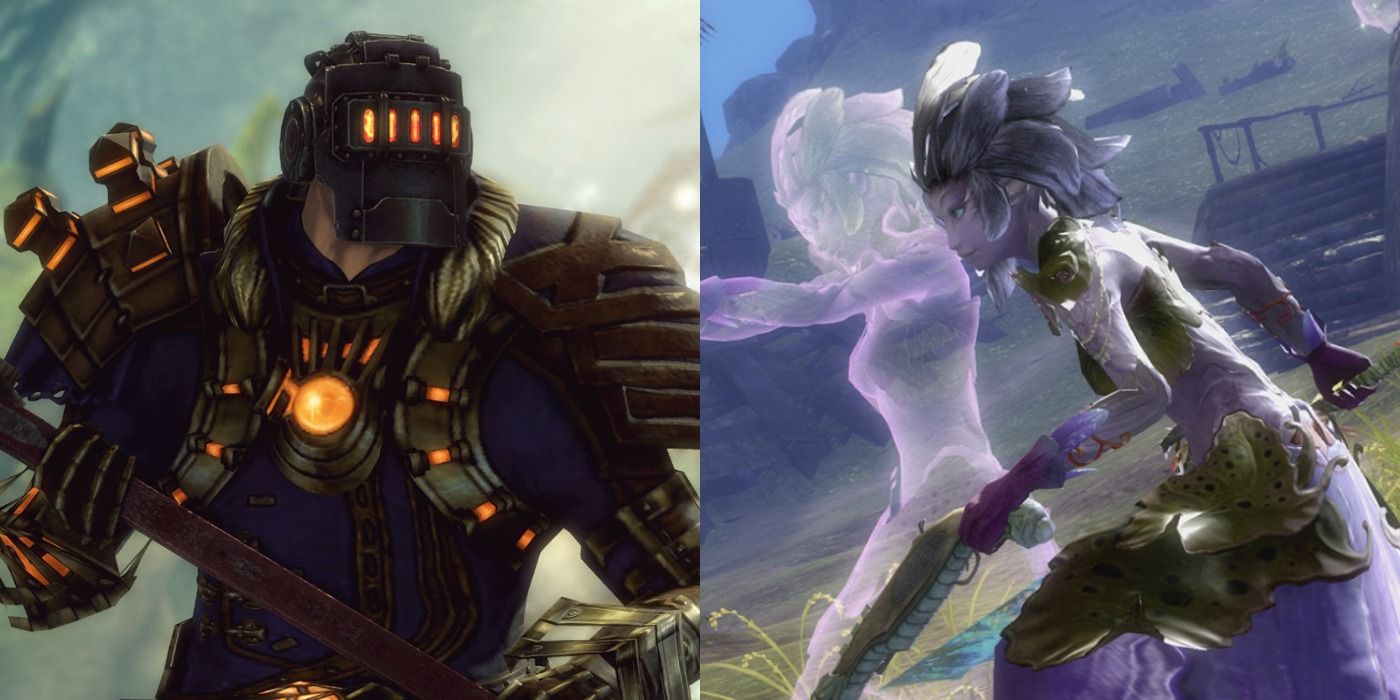
There are a number of professions for players to step into in Guild Wars 2. Each has their own unique advantages and playstyles that ensures every player can do what they want. Even better are the subclasses that give further complexity to things.
RELATED: 10 Most Underrated MMORPGs (That You Should Try Today)
But over time, it has become apparent that some professions are better than others. Some seem well equipped to handle a variety of problems, others seem incredibly niche, and some are just simply better at pumping out DPS. For new and returning players to this MMORPG, here are all the professions in the game and how they currently stack up.
Updated February 26, 2021 by Ben Baker: Doing well with any profession can be tricky in Guild Wars 2, and with the recent news of a new expansion on the way, players are clamoring back to Tyria. For those players wanting to be the best, it’s important to know some basic strategies and generalities regarding each profession type.
With experience, the player will know when to break some of those rules, but if they're starting out as a beginner, or experimenting with a new class, these tips will serve well.
9 The Warrior Profession

The Warrior class is a favorite for new players because it’s incredibly simple to play while still holding its own in combat. The Berserker subclass turns them into raw damage dealers and the Spellbreaker subclass is designed to interrupt enemy attackers.
The problem with the Warrior is that it’s stretched thin in too many directions. In an effort to be versatile it loses its effectiveness. It also suffers from being to niche in that Warriors should be on the frontlines and struggle anywhere else. As with any game a Warrior can be the most powerful profession with the right player behind the wheel, but for the average player it tends to struggle. The key to being a successful Warrior is to keep the enemy focused on themself, and counter as many attacks as possible. This will negate the damage the Warrior or allies would receive and gives a chance to strike back dealing damage to the enemy.
8 The Thief Profession
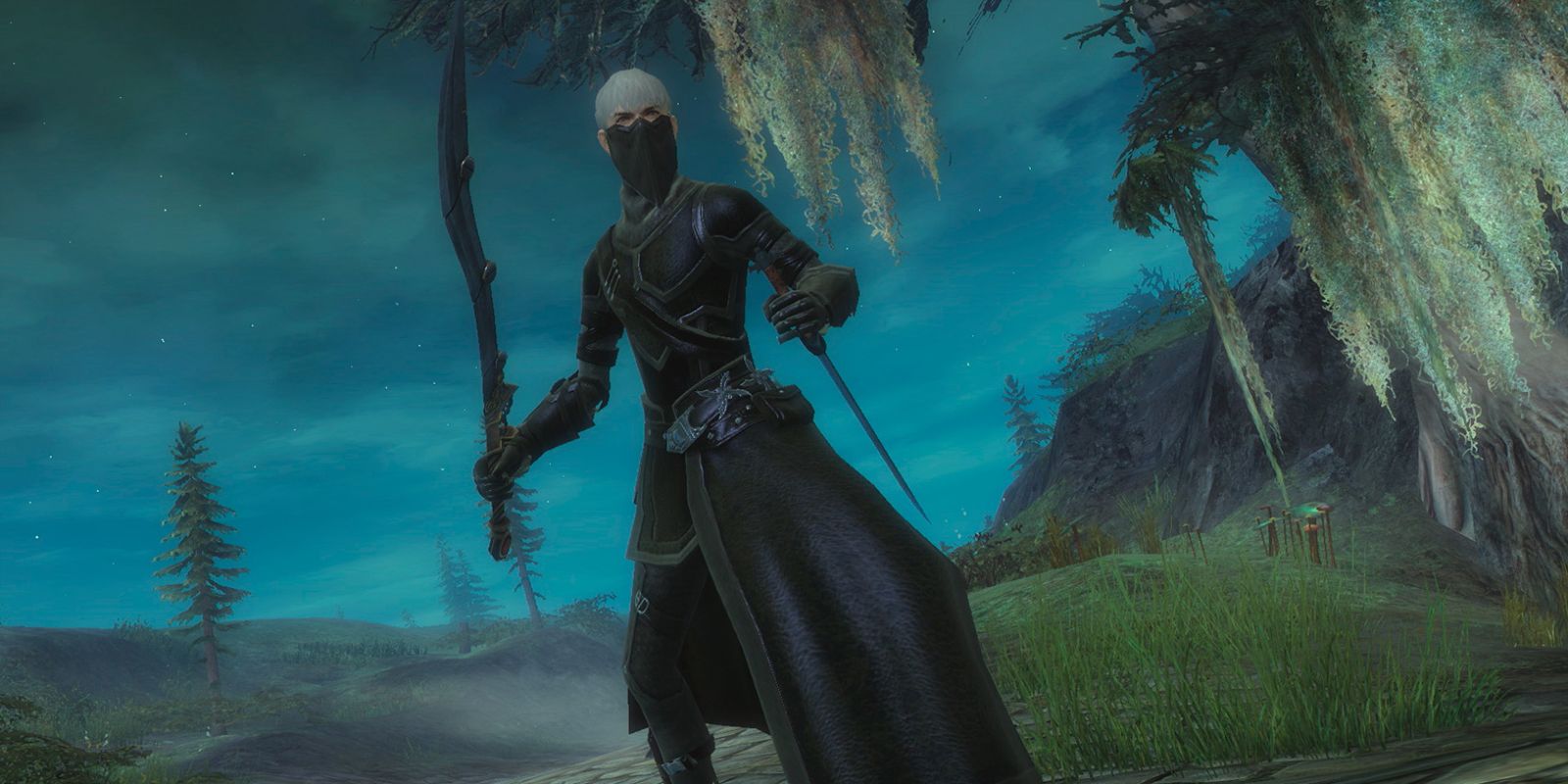
Thieves are highly mobile assassins who use stealth to dart in and out of battle to eviscerate their enemies. Daredevil Thieves are acrobats who can dodge multiple attacks and the Deadeye focuses on ambush tactics to take out single targets quickly.
In groups Thieves are powerful warriors, but alone they struggle greatly which is why they rank lower. They require stealth and surprise to be most effective and that’s not always possible. It’s a good profession for players wanting to get into ganking, but not for most other situations outside of a group. The important part of being a Thief is to constantly be on the move. The player should always be either attacking or retreating in combat. It’s also critical to go for bursts of high damage rather than to slog it out as a Warrior would. Targets should be chosen carefully and go down quickly.
7 The Revenant Profession
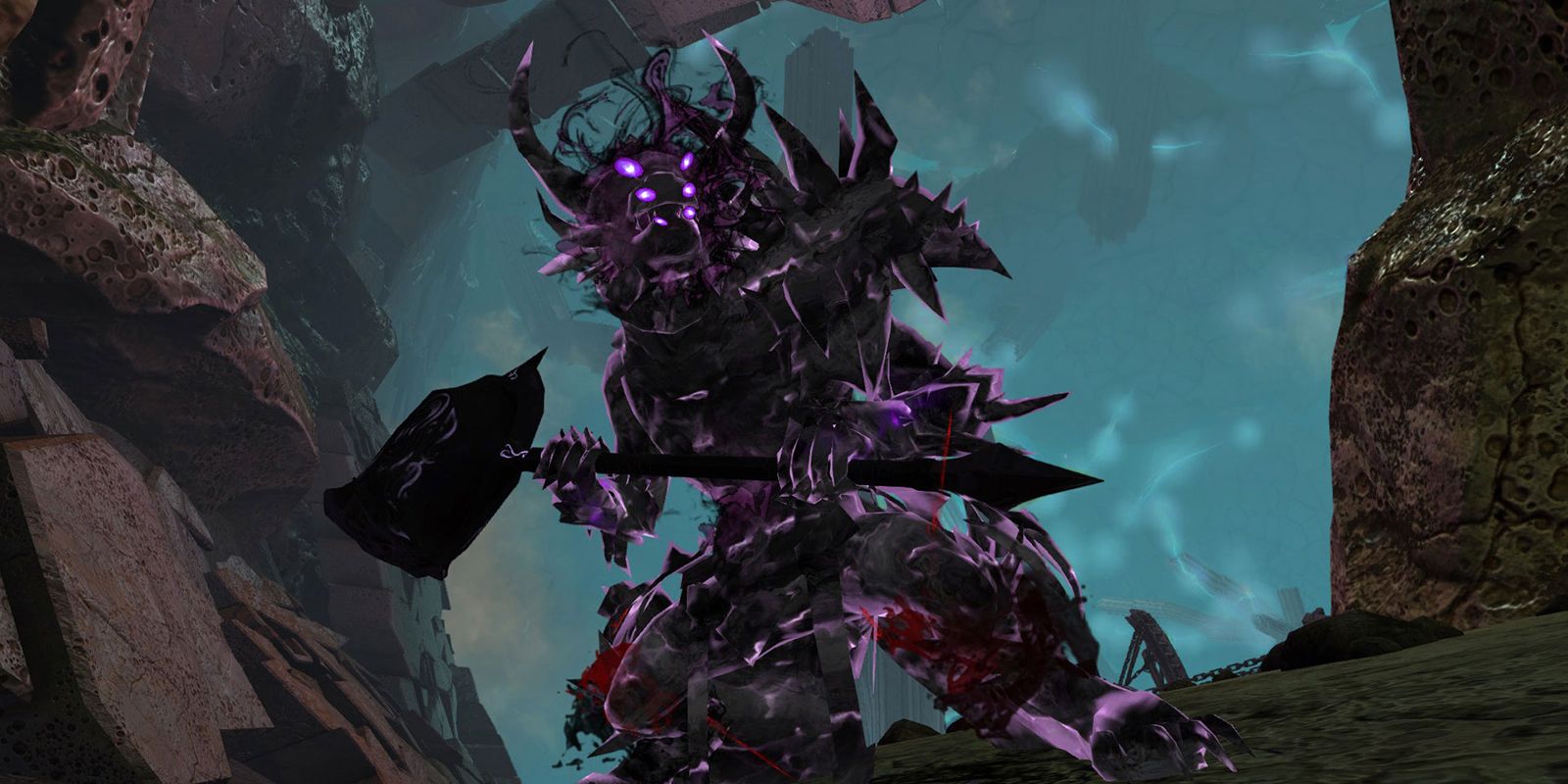
Revenants are an interesting breed. They can support their allies with powerful auras while causing chaos for their enemies with AOE attacks. The Herald emphasizes buffing and supporting the group while Renegades take pleasure in devastating opposing groups with lifesteal, AOE, and crowd control.
Revenants are a tough class to play as there is a lot of resource managing. If done well they can be powerful, if done poorly they won't get much accomplished. Renegades admittedly can hold their own fairly well, but Heralds almost require a group to be effective. It’s a flashy class that can be a lot of fun, but they really need someone to hold the frontline while they work their magic. It’s absolutely essential that a Revenant player decides to either support allies or harm enemies and stick with that role. Revenants often get in trouble for trying to do both when they should specialize. Either option is perfectly viable, but the role must be committed to fully for it to have maximum effect.
6 The Ranger Profession
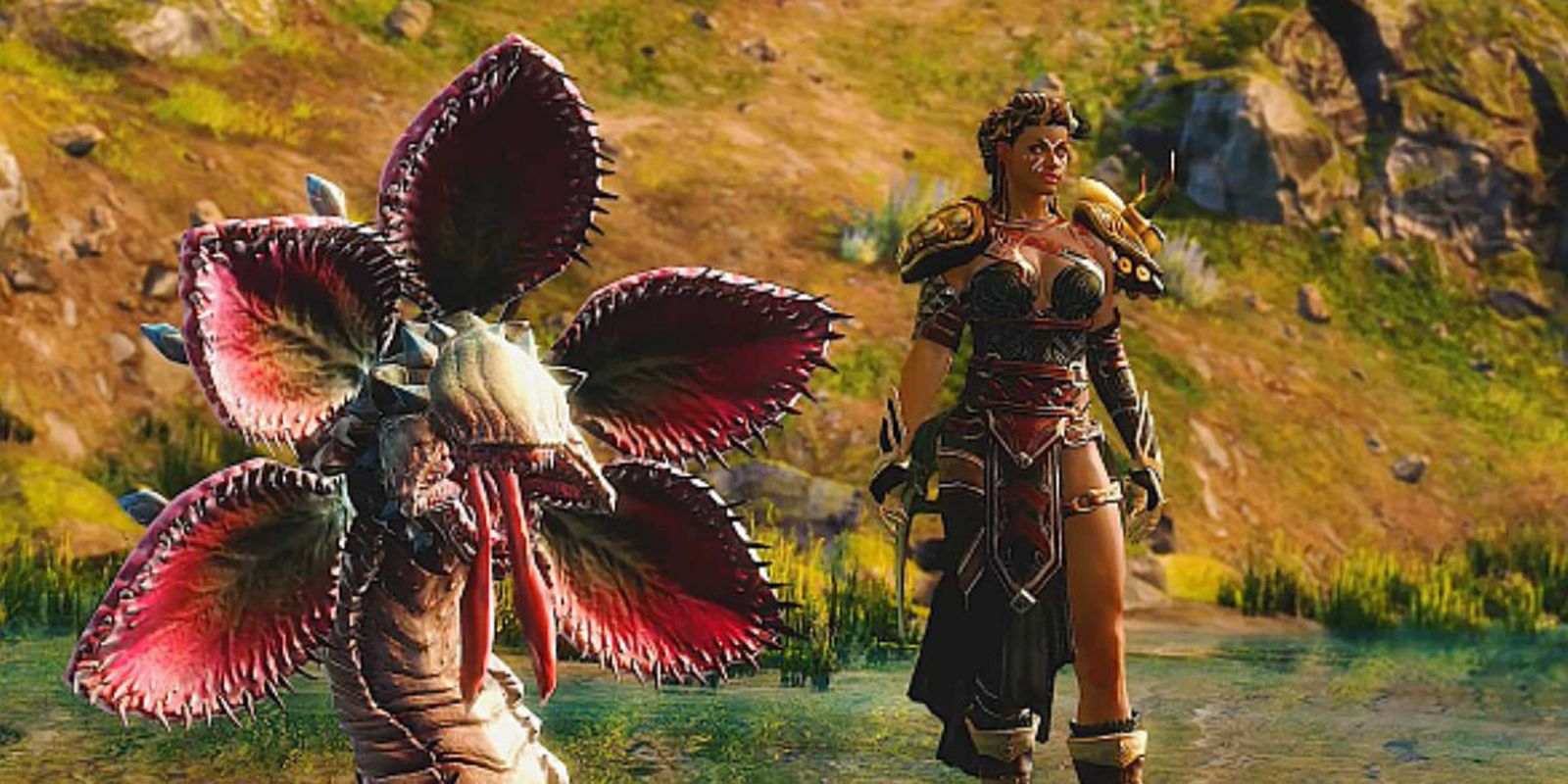
Rangers are fun because they can charm animals across the game world and take pets into battle. They’re also versatile as a standard Ranger is a master with the bow, the Druid subclass is a powerful support healer and buffer, and the Soulbeast is a monstrous warrior that can fuse with their pets.
RELATED: 5 Canceled Or Discontinued MMORPGs That Tried To Change The Genre (& 5 That Are In Development)
While pets are fun they tend to get trashed by AOE attacks. This makes ranged fighting tricky without allies, as the pets aren’t guaranteed to hold the frontlines. Druids work better in groups and Soulbeasts work better alone. It’s a solid class that can give players a sampling of a variety of playstyles. Rangers are a bit unique in that they aren’t very flexible in terms of use. It’s a common rule of thumb that only Druids should be in large-scale battles and Rangers need not apply. This is because Pets tend to only be viable in PVE and not PVP. Players will have to commit to either being a Druid with friends or a Ranger/Soulbeast when playing alone or in small groups.
5 The Necromancer Profession
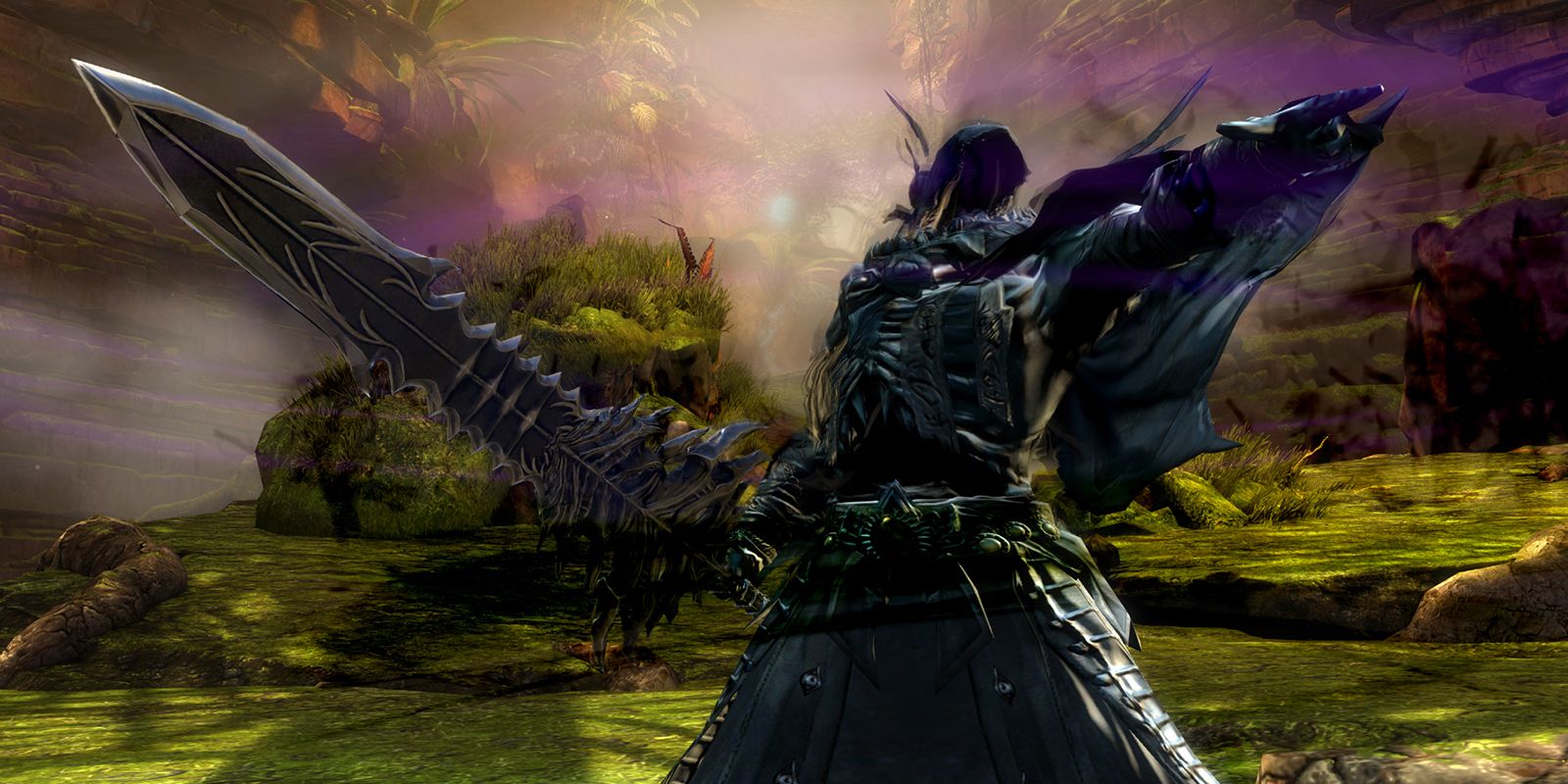
Necromancers are masters of battle manipulation as they can summon minions to do their dirty work. The Reaper subclass is a juggernaut that turns its power inward to improve survivability and become brutal in melee and the Scourge subclass becomes a glass cannon to fight from afar and provide group support.
In PvE, this is a phenomenal class as they’re very self-sufficient and can solo just about anything. Against other players, they’re a bit of a mixed bag as their DPS happens over time. Necromancer is a grindy class to play which can be frustrating for many players who just want to end fights quickly and move on. The key to a good Necromancer is to know when to attack, punish the enemy, or support allies. A mixed class tends to go a long way and leaves them diverse enough for most situations. Necromancers need to learn how to read a battlefield and respond accordingly.
4 The Mesmer Profession

Mesmers are masters of deceit and chaos. They can teleport allies reduce cool-downs and make their allies hard to target. Chronomancers emphasize the use of buffs for themselves and allies while Mirage elites use clones and other sneaky tactics to overwhelm opponents in one-on-one combat.
They’re a bit tricky to play as which makes soloing a bit of a learning curve. In groups, they’re absolutely phenomenal even for mediocre players behind the wheel. They also have the benefit of being in demand with any group. Think of them as an effective mix of Thief and Revenant. A Mesmer’s success largely comes down to keeping the enemy on their toes. This class isn’t about DPS; it’s about psychological warfare. The opponent should always wonder what the Mesmer will be up to next.
3 The Guardian Profession

Many believe Guardians are the chosen class of the developers and it’s not hard to see why. There are brutal tanks who can keep themselves and their allies alive. The Dragonhunter gives Guardians better mobility and berserker-like DPS while the Firebrand can be either a damage-dealing powerhouse or a team support healer.
The only downside, which is a minor one, to Guardians is that they tend to be niche in combat. Guardians need healers to back them up, Dragonhunters are better in shorter fights, and Firebrands are good in long, drawn-out fights. They can more than hold their own in solo combat, but they really shine in group fights. Guardians are literal meat shields and forgetting that is why players tend to struggle with them. Their role isn’t to deal damage; it’s to prevent the enemy from hurting their allies. Another important tip about Guardians is to trust the healers in the team to keep them alive and focus all their efforts and attention on mitigating enemy damage output.
2 The Elementalist Profession
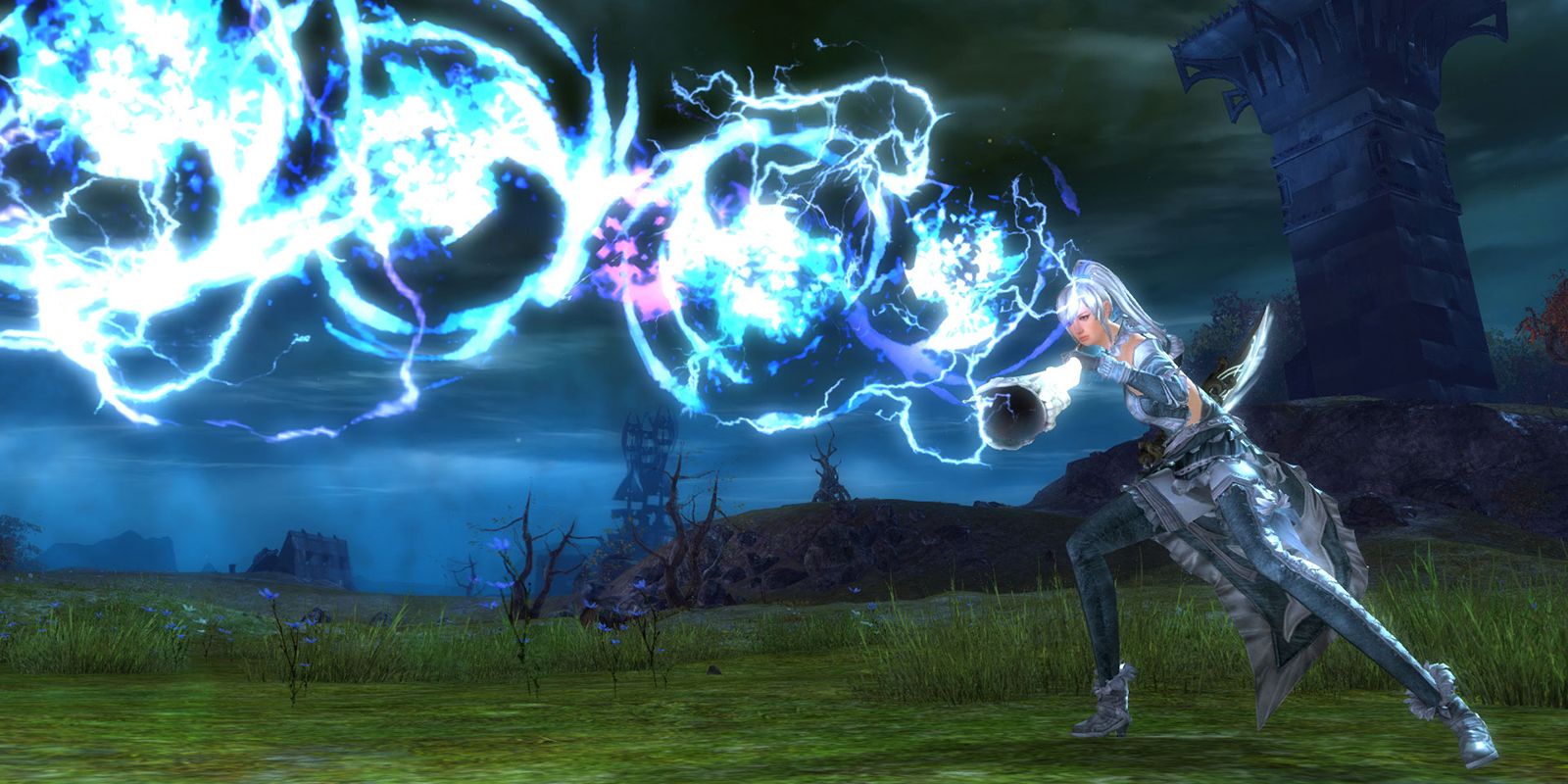
Elementalists are a fantastic class for the average player. They are ranged damage dealers who can also out-heal the enemy when needed. The Tempest specialty is one of the best group supports in the game, and the Weaver is a fantastic duelist.
RELATED: Which RPG Should You Play, Based On Your D&D Alignment?
In solo, they shine by devastating groups quickly with AOE attacks, and in groups, they are excellent backline fighters who can buff allies, heal the group, or rain hellfire on the enemy. They can be glass cannons at times, but it's only a problem if the enemy survives the chaos an Elementalist can unleash on the battlefield. If the player wants to quickly obliterate everything on the screen this is the class to pick. Elementalists need to pick whether they want to heal or deal damage. They’re really good at either, but only when fully committed to it. Healing-based Elementalists need to all but ignore the enemy and focus on allies while damage dealers do the opposite.
1 The Engineer Profession
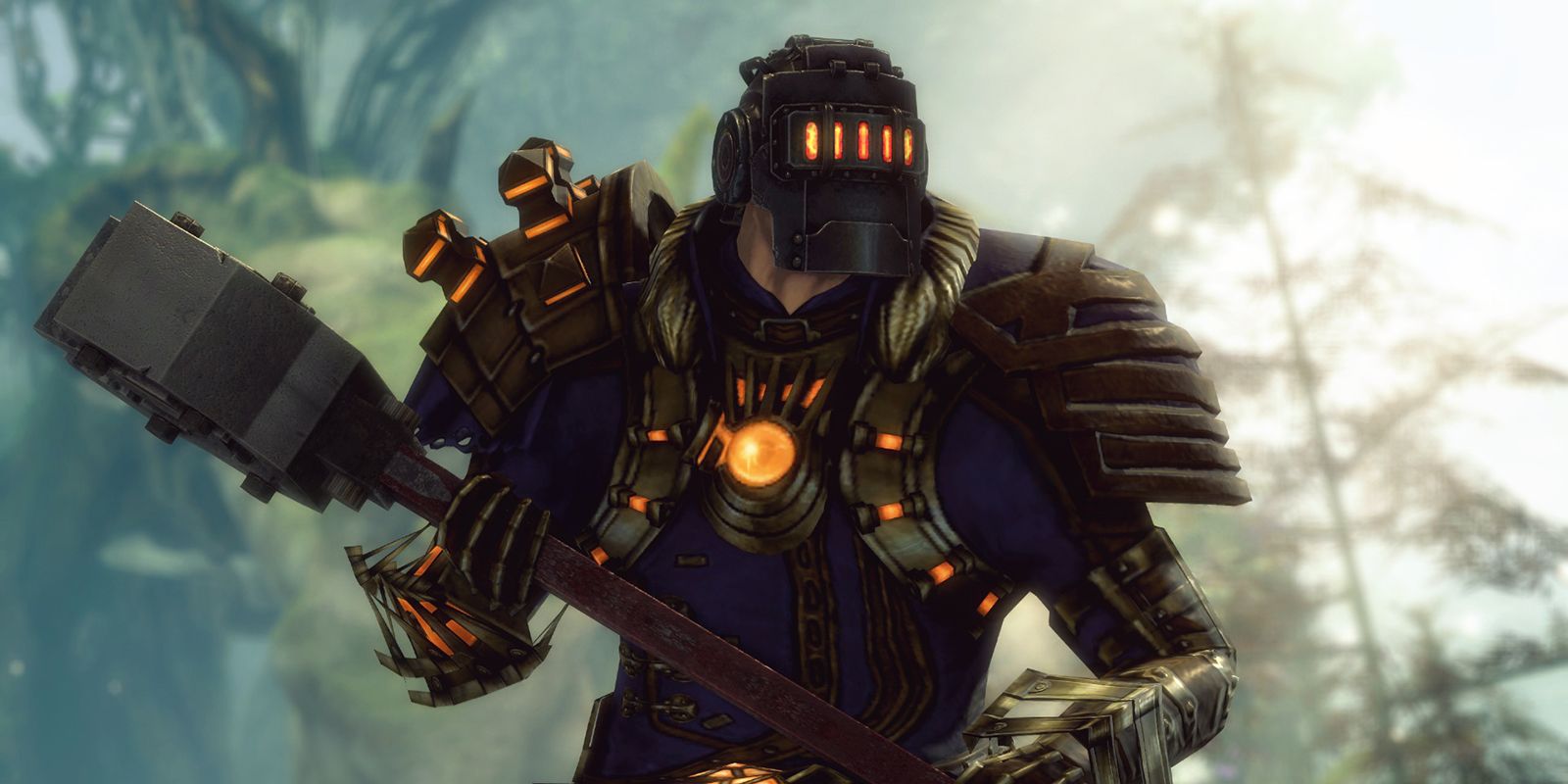
Engineers are capable of becoming just about anything which makes them the best class in the game. They’re great for beginners and immensely powerful for veterans familiar with their tricks. The Scrapper specialization is an efficient tank that can shrug off damage and the Holosmith is the other side of the coin that specializes in high DPS.
They’re great for solo players due to their survivability and adaptability to handle any scenario. In group fights they’re masters at crowd control, can quickly take down troublesome opponents, and hold the frontline simultaneously. It takes a lot to put them down and blowing things up is always fun. If the player wants a class good at PvE, PvP, and World vs World this is the one to pick. Engineers must be willing to adapt to whatever situation arises. The key to playing a strong Engineer is stepping in when the Guardian falls to tank enemies until they’re back up, control the crowd if it gets too unruly, pull back and support healing efforts if the Elementalists are overwhelmed, or start smashing skulls with a hammer if there’s nothing else to do. The Engineer must pay attention to all aspects of the fight and jump in wherever they’re needed.
NEXT: Ranking The 10 Oldest MMORPGs (That Are Still Online Today)

